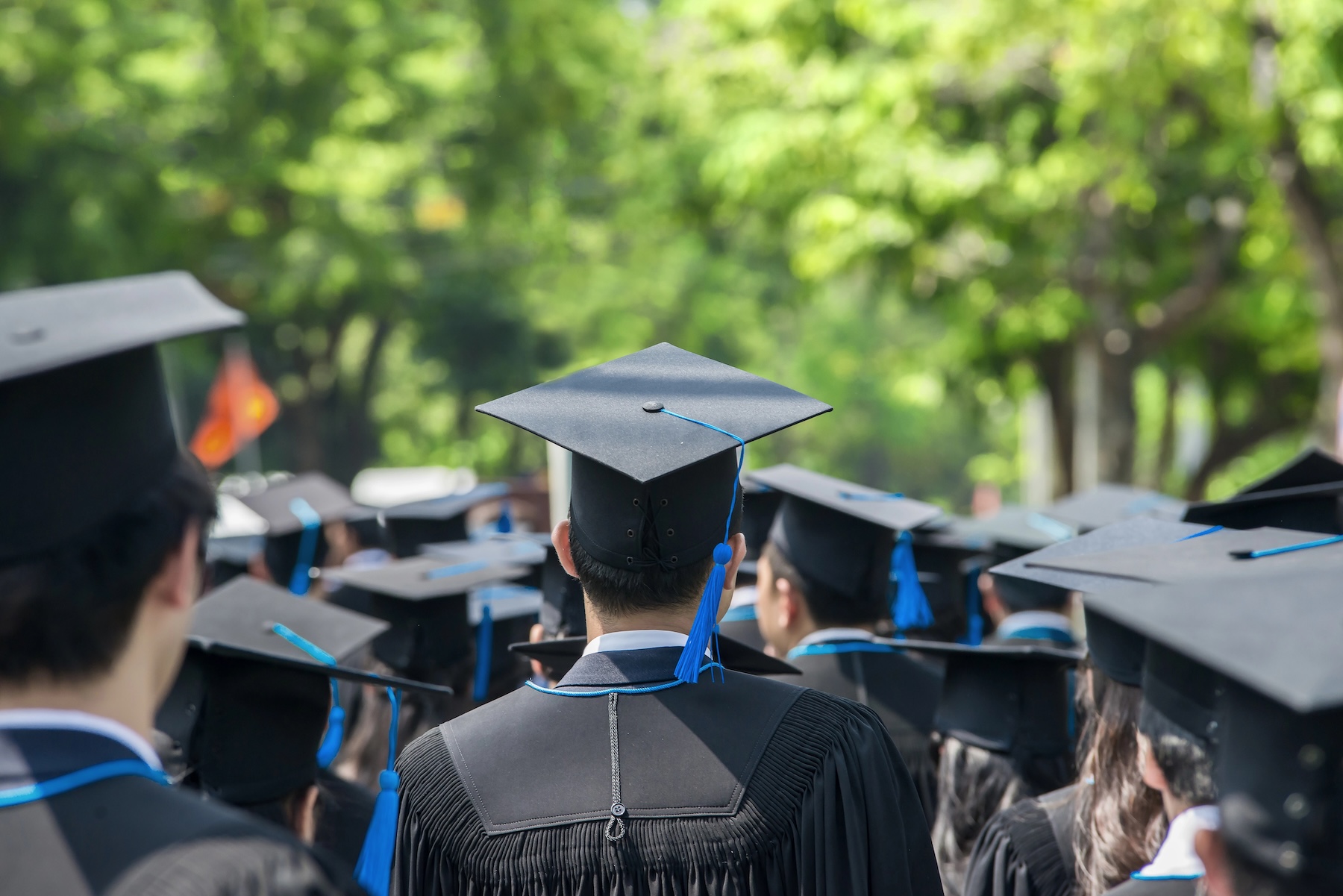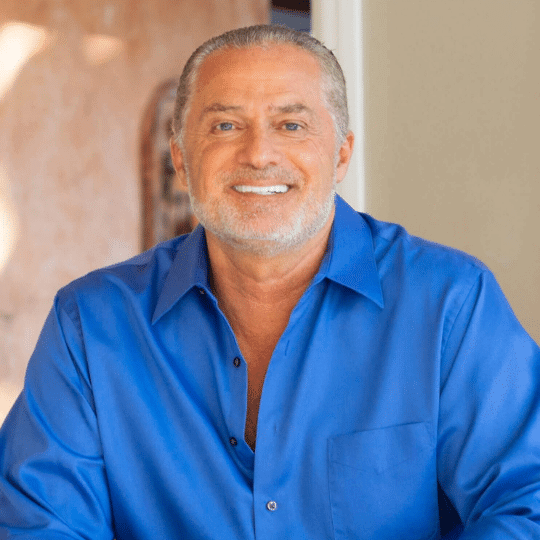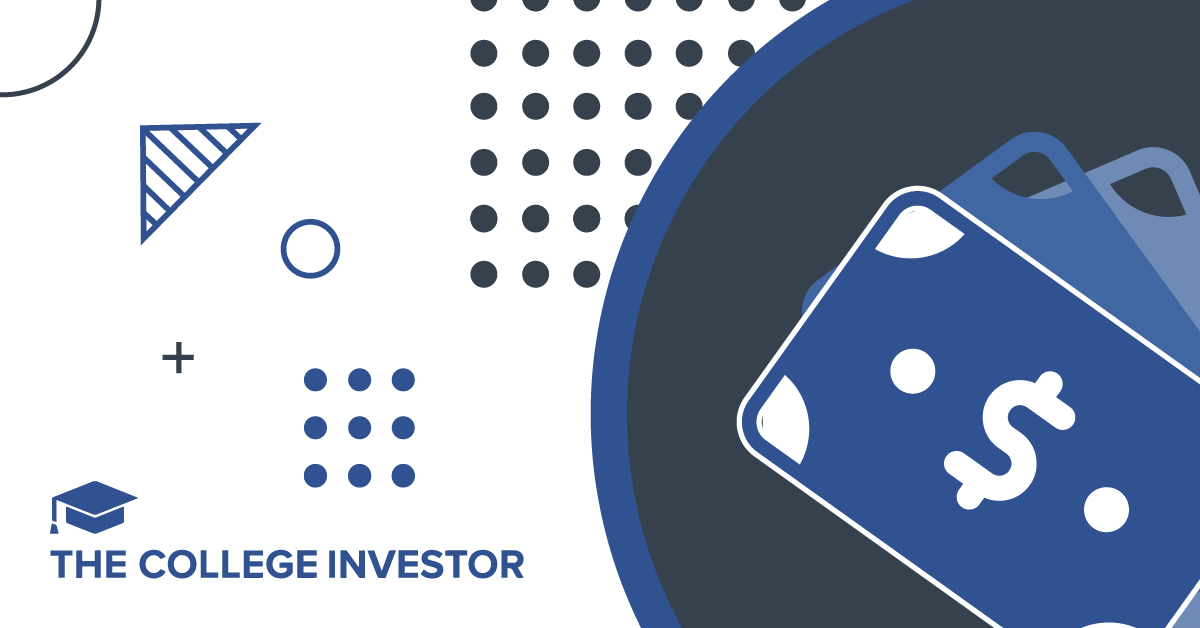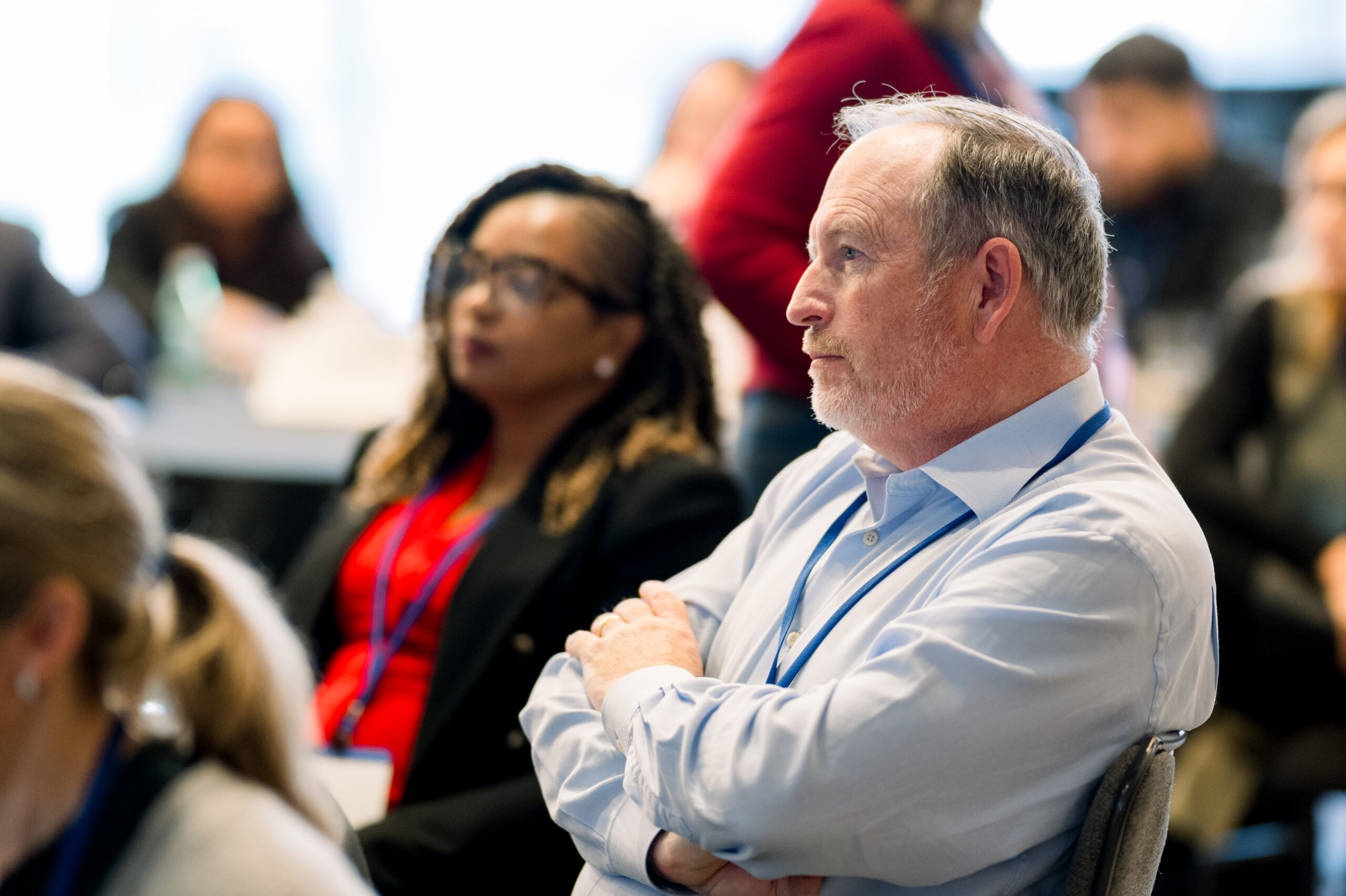TikTok Dentist’s $1.2M Loan Sparks Real Talk On Grad Debt


A dentist recently shared a TikTok claiming he owed $1,232,420 in student loans. While the video turned out to be a joke, it highlighted a key problem – there really are doctors, dentists, and other graduate school borrowers with over $1,000,000 in student loans.
According to some reports, more than 100 borrowers owe over $1 million in federal student loans. Many of them hold graduate degrees in medicine, dentistry, or law, fields where the cost of graduate school can spiral quickly, and be in addition to undergraduate borrowing.
The video may have been a joke, but the numbers can be real. And so is the question: how does someone end up owing more than the price of a home before turning 40?
For students in dental and medical school, borrowing six figures is routine. The American Dental Education Association estimates that the average dental school graduate carries more than $300,000 in student loan debt. This doesn’t account for accrued interest, which can grow balances significantly during school and deferment.
Federal Grad PLUS Loans, the primary borrowing tool for graduate and professional students, come with high interest rates. For the 2025-26 school year, the rate is 8.94%.
Unlike undergraduate loans, graduate loans do not have annual borrowing limits. Students can borrow up to the full cost of attendance (including tuition, housing, and living expenses) which can exceed $100,000 annually at private universities.
A borrower who finishes dental school with $400,000 in loans could see that balloon to over $600,000 with interest by the time they begin full repayment. Add in years of income-driven payments that don’t keep up with interest, and reaching $1 million becomes a real possibility.
Federal student loan forgiveness programs are one of the main paths for borrowers with balances this high.
Public Service Loan Forgiveness (PSLF) remains the most powerful tool. It requires 10 years of full-time work in a qualifying nonprofit or government job while making 120 on-time monthly payments under a qualifying plan. After that, any remaining loan balance is erased.
Dentists working in community clinics, non-profits health centers, or academic institutions often qualify.
Income-Driven Repayment (IDR) plans like IBR offer an alternative. These plans cap payments at a percentage of discretionary income and forgive the balance after 20 or 25 years, depending on the plan and loan type. However, recent policy discussions could change the repayment options available.
A borrower making $100,000 a year might pay $600 to $900 monthly under an IDR plan, amounts that may not even cover the interest on a million-dollar balance. But after 20 or 25 years, any remaining debt would be forgiven.
Private student loan refinancing could reduce interest rates, but comes with serious trade-offs.
Once federal loans are refinanced, borrowers lose access to PSLF, IDR plans, and federal deferment or forbearance options. For borrowers who plan to aggressively repay their loans and don’t work in public service, refinancing may reduce total interest paid.
A dentist with high earnings in private practice could attempt to pay down the balance aggressively, putting tens of thousands of dollars toward principal each year. But doing so requires a strong income, minimal lifestyle inflation, and still a long repayment timeline.
Ballooning debt may also push some toward unconventional financial planning, such as working abroad, early retirement tactics, or banking on eventual loan forgiveness. These approaches come with risks and uncertainties.
Anyone with a six- or seven-figure balance should take several steps:
Even though the viral post was tongue-in-cheek, it reflects a real financial reality for many graduate borrowers.
The takeaway isn’t just sticker shock. It’s the need to plan smartly, lean into existing repayment programs, and understand what forgiveness options are still available, before balances grow even larger.
Don’t Miss These Other Stories:

Industrial flex space has become a quiet favorite among sophisticated investors seeking durable income backed by real business demand. If...

Getting an inheritance is the epitome of a mixed blessing. You receive a financial windfall, but the cause is the...

During his tenure as the California Secretary of Health and Human Services, Mike Wilkening cemented his reputation as a steady...